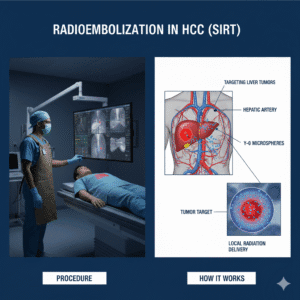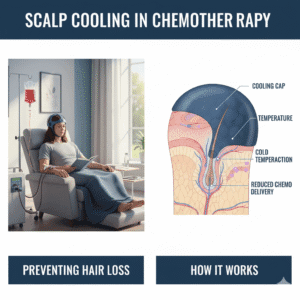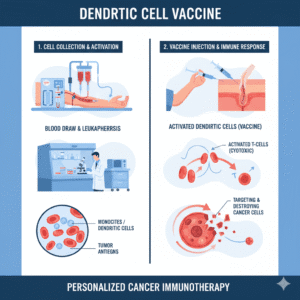
Rapid ARC (VMAT)
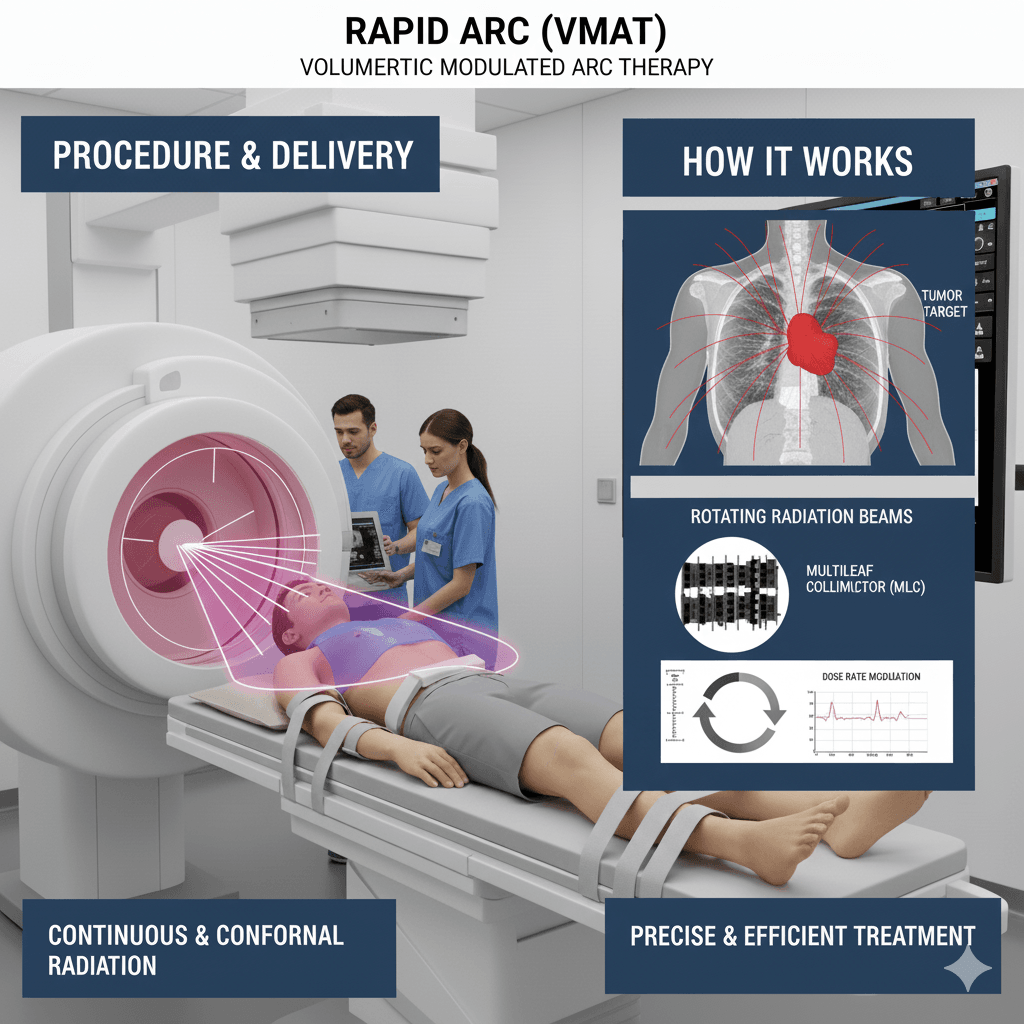
Q1: What is Volumetric Modulated Arc Therapy (VMAT)?
A: Volumetric Modulated Arc Therapy (VMAT) is a type of highly advanced radiation therapy used to treat cancer. VMAT delivers radiation in a continuous arc around the patient, allowing for highly precise targeting of the tumor. The radiation dose and the shape of the beam can be adjusted during treatment, making it a highly effective way to target cancer while sparing healthy tissues.
Q2: How does VMAT work?
A: VMAT works by delivering radiation as the machine rotates around the patient in a single or multiple arcs. The technology allows for continuous adjustments to the radiation beam’s intensity and shape throughout the treatment. This means that the radiation can be concentrated more precisely on the tumor, even in complex or irregularly shaped areas. Also, this treatment is much faster than other techniques and that means you dont have to stay in the machine for long time.
Q3: What types of cancer can be treated with VMAT?
A: VMAT can be used to treat a variety of cancers, including prostate, head and neck, lung, brain, and other cancers that are located near critical organs or tissues. Its precision is particularly valuable for treating tumors that are close to sensitive structures in the body and gives a much better Radiotherapy plan sparing critical nearby organs.
Q4: What should I expect during a VMAT session?
A: During a VMAT session, you will lie on a treatment table while the machine rotates around you, delivering radiation from multiple angles. The session is painless and usually lasts about 5-10 minutes. The number of sessions you’ll need will depend on your specific treatment plan, but VMAT often requires fewer sessions than traditional radiotherapy.
Q5: What are the benefits of VMAT?
A: The benefits of VMAT include increased precision in targeting the tumor, reduced treatment time, and less radiation exposure to surrounding healthy tissues. This precision helps to minimize side effects and can improve the effectiveness of the treatment.
Q6: Are there any side effects?
A: Side effects from VMAT are generally similar to those of other types of radiation therapy, such as fatigue, skin irritation, or discomfort in the treated area. However, because VMAT is so precise, these side effects may be less severe than with traditional methods. Also, it is more convenient and comfortable for the patients as they have to stay in the machine for shorter period of time.
Q7: How do I know if VMAT is right for me?
A: Your doctor will determine if VMAT is appropriate for you based on the type, size, and location of your tumor, as well as your overall health. VMAT is often recommended for patients who need a highly targeted approach to minimize damage to nearby healthy tissues.
Q8: Where can I receive VMAT treatment?
A: VMAT is available at many cancer treatment centers and hospitals equipped with advanced radiation therapy technology.
You may book an appointment with Dr Ruchir Bhandari to discuss if this is the right treatment for you.
Related Post


CyberKnife
August 6, 2024
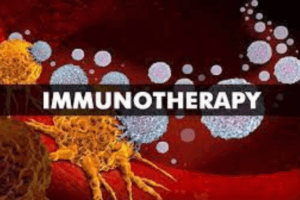
Immunotherapy
August 7, 2024

MRI Linac
August 7, 2024
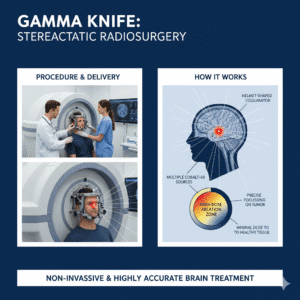
Gamma Knife
August 7, 2024
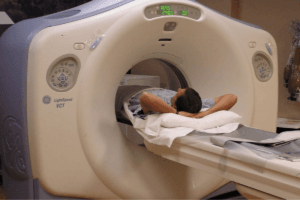
Cancer Screening
August 22, 2024
Gallery
Click below to book a clinic appointment
Ask More Questions Send Query On Email




